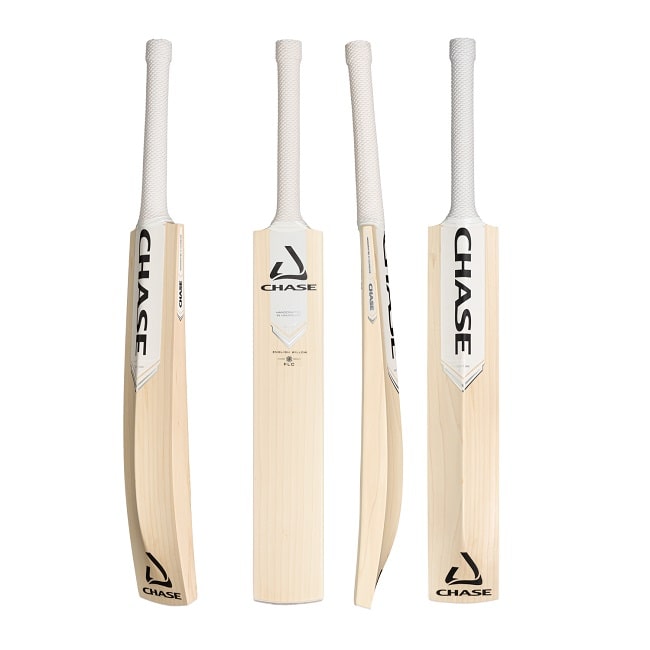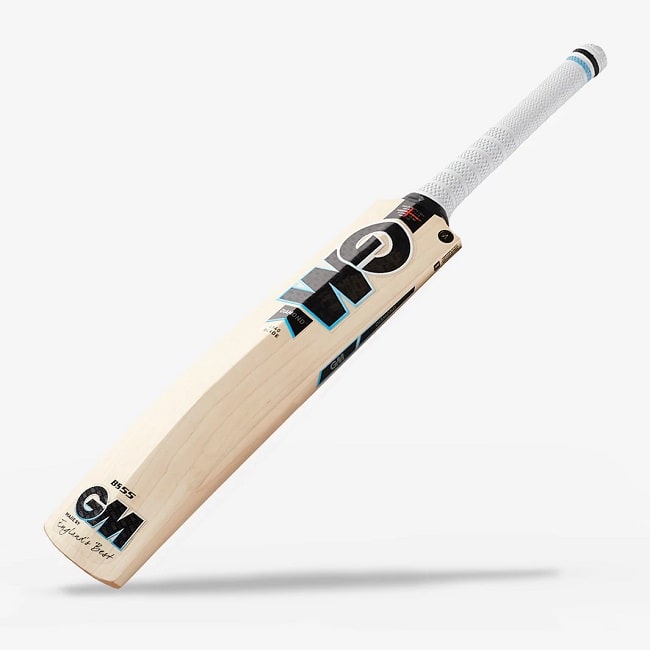1
HOME > Sports >
THE DIFFERENCE BETWEEN ENGLISH & KASHMIR WILLOW CRICKET BATS
Written by Menswear Style in Sports on the 25th March 2020

Cricket is a British sport quite unlike any other. Whereas the other quintessentially British sports (football and rugby) are all about noise and aggression; cricket is a more tactical and approachable game. It’s also a game that requires a certain amount of strength because cricket balls are heavy and that means cricket bats have to be even heavier.
If you’re in the UK, then you’re spoilt for choice. You have a great variety of cricket bats and equipment to choose from, as suppliers like Talent Cricket can provide quality bats and equipment. But when it comes to cricket bats, what options are available to hobbyists, professionals and those stuck somewhere in between? As long as the bat is no longer than 38 inches and no wider than 4.25 inches, it can technically be qualified as a professional cricket bat. However, all bats generally fall into one of the following categories.

English Willow
There are over 60,000 species of tree in the world but only one that’s typically used to make cricket bats - willow. There are many schools of thought on exactly why willow is used so prolifically in cricket bat production but, generally speaking, it’s because it’s strong, affordable and offers the perfect amount of compression required for a cricket ball. Of the two types of willow cricket bat, English willow is the one most commonly used in professional cricket, with bats graded from 1 - 5 based on the quality of the grain. Also known as ‘white willow’ due to its natural lighter hue, English willow bats are lighter and softer than their Kashmir counterparts, though this means they are also generally much more expensive. They also require more maintenance and need to be knocked in and oiled regularly to avoid splintering and snapping.

Kashmir Willow
For the hobbyist, Kashmir Willow bats are comfortably the most popular choice due to the balance of quality and affordability. As the name suggests, Kashmir Willow cricket bats are built from willow found in Kashmir, India and are typically a darker brown colour. This willow is tough and shock-resistant and is quite lightweight, though not as lightweight as English willow. As Kashmir willow is not quite as strong as its English counterpart, the striking area of these bats will need to be covered with a protective film and will also require knocking in and oiling with raw linseed oil, if possible.

Softball - For younger players or those just learning the sport, often a softer rubber cricket ball is used. As you would expect, the bats used with these balls don’t need to be as strong or as durable as professional bats. Softball bats are often made from plastic or lesser quality wood and don’t require any knocking in or oiling.
Training - These types of cricket bat are engineered for training purposes and are (generally speaking) around half the width of a normal bat. They are typically made from English or Kashmir Willow (as with their professional counterparts) and are designed to help players refine and focus their game.
Trending
2
3
4
5
6
7
8
9
10









